A Story of Transformation by Rebecca Buyers and Nils Johnson
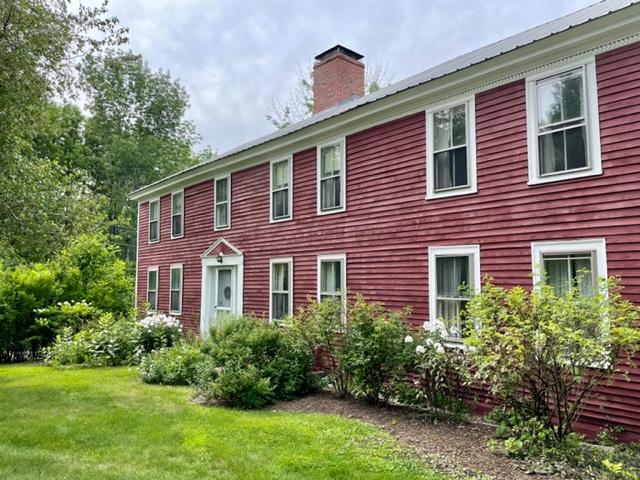
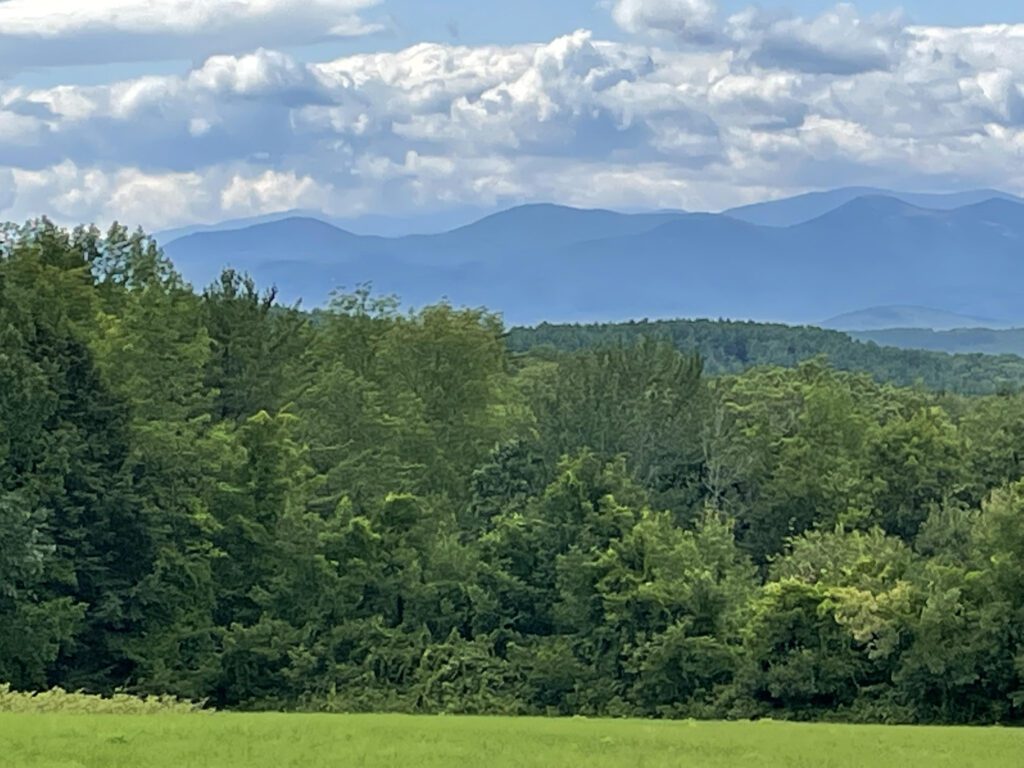
Creating a year round home in the Foothills of Western Maine
We are creating this website to document the process of converting an 1805 historic farmhouse in Sweden, Maine into a year round home ready to weather the storms of the future. Heating and cooling will come from geothermal energy, and electricity from solar power.
On this home page, we will share historical information about the region, the Red House, its original owners, Col. Samuel Nevers and Esther Trull, as well as the Johnson family that has been its custodian since 1960.
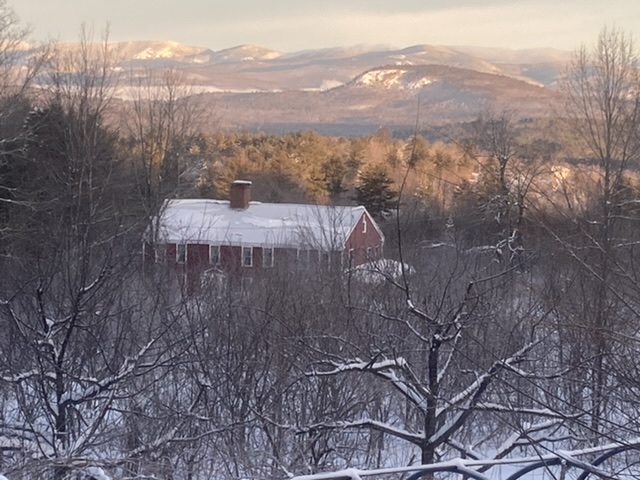
Col. Samuel Nevers settles Sweden
Before European settlers arrived in the western foothills, the area was Wabanaki land. In 1791, after an early career at sea that ended with his escape from a British ship during American Revolution, Samuel Nevers traveled 178 miles from his father’s home in Woburn to Sweden, then known as New Suncook. He bought a tract of land in the wilderness and hired a man to fell and burn 8 acres of trees before returning to Boston.
In April of 1792, he came back to Sweden with his best friend, Benjamin Webber, who purchased a portion of his land, and later married one of Nevers’ sisters (He was one of 18 children.) The two men labored summers in Sweden, returning to Boston each autumn.
In the spring of 1796, Nevers married Esther Trull, of Tewksbury. Immediately after the wedding ceremony, the couple rode 180 miles on horseback to Sweden. Nevers built the first log house in the region that year, and later he built for his bride a Federal Style two-story home with a central chimney and five fireplaces – which became known as the Red House.
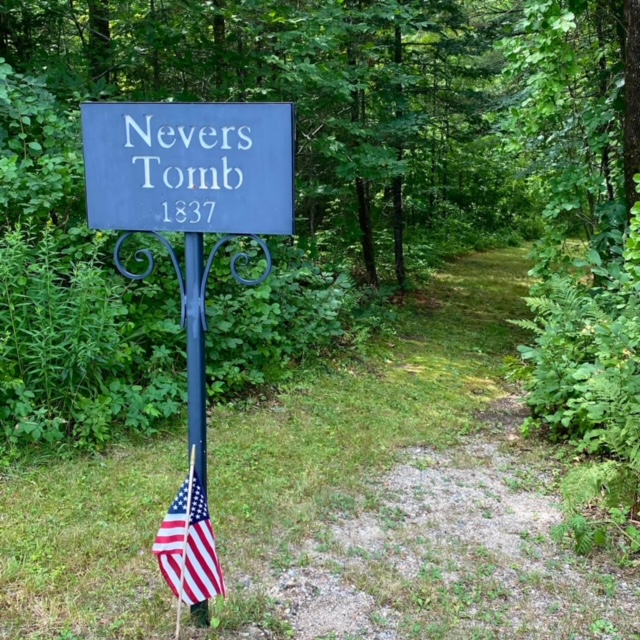
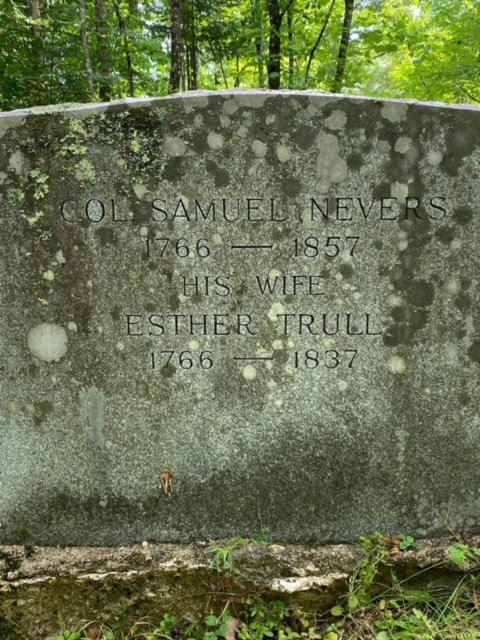

Big House, Little House, Back House, Barn
Over time, the Nevers original Federal Style house grew. In 1840, in order to accommodate his son’s family, they extended the house, adding two rooms on the first and second floors. The upstairs was used initially for bedrooms but one of Nevers’ sons who enjoyed music and made cider from the apples in their orchard, used the space for dances.
By the turn of the 20th, the Red House became part of a connected farm, the famous “big house, little house, back house, barn” configuration that became popular in rural New England. Sheds linked the 1940s “little house” to the carriage house and the barn. By the mid 1970’s the barn and sheds had been removed to reduce fire risk leaving the carriage house and house safely separated.
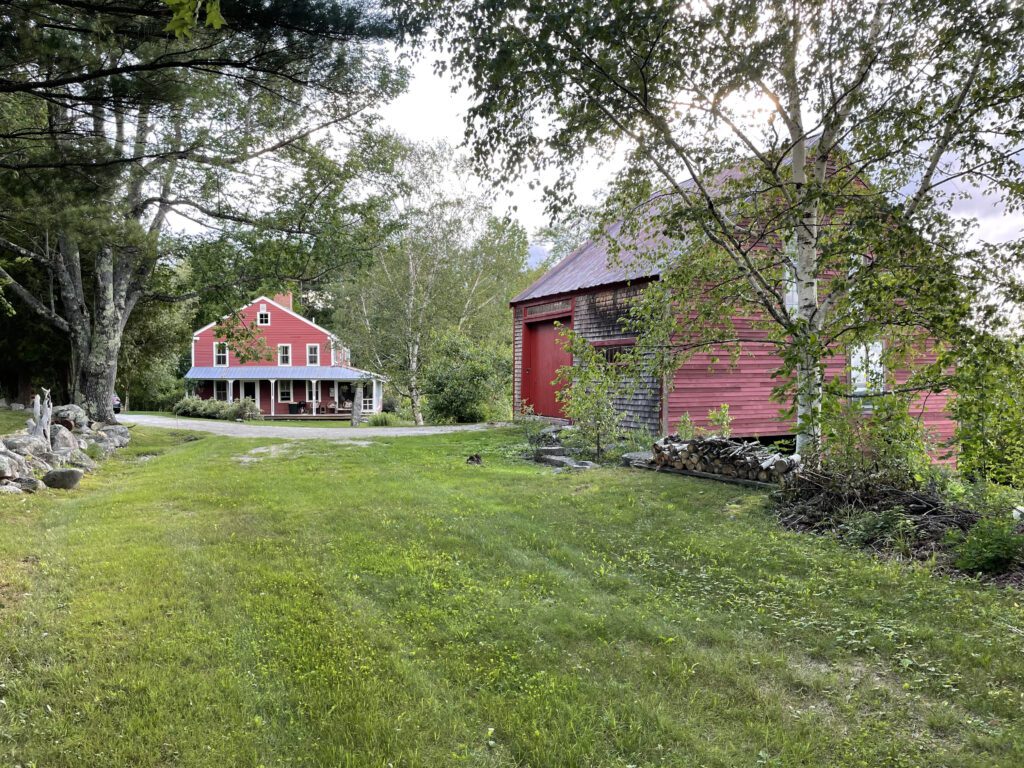
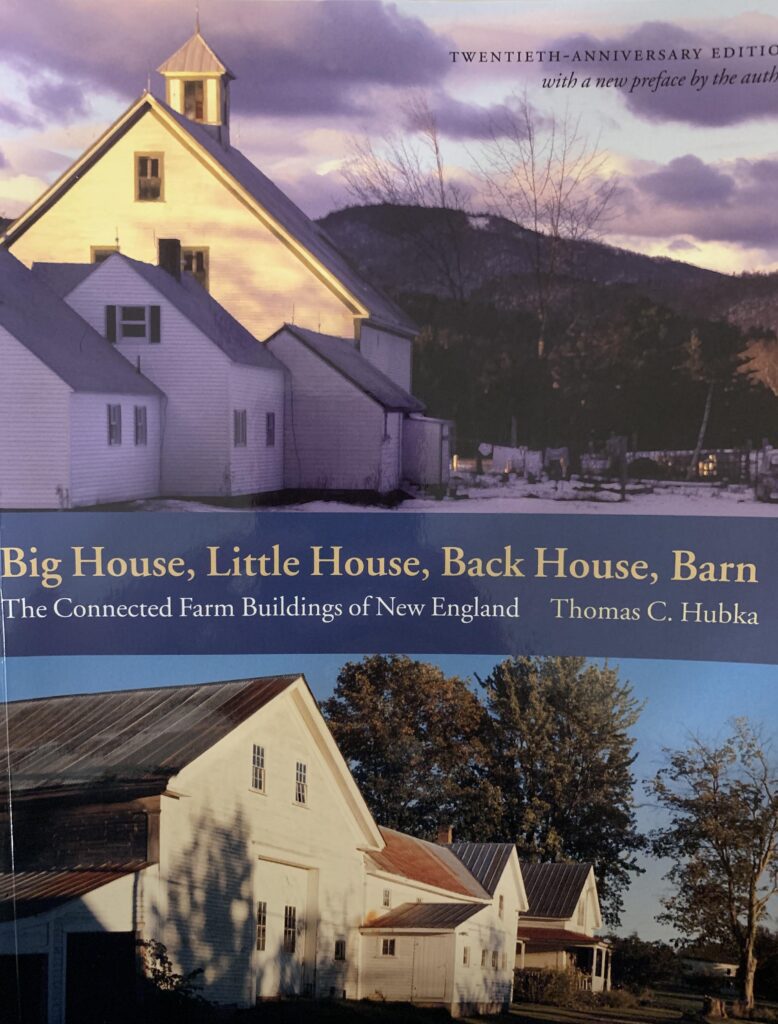
A beloved summer family home
Roger Johnson was a Wellsley College professor and his wife, Carol, taught in the Boston public schools. They spent their summers in Sweden with their friends, like-minded nature-loving academics and theologians. Roger famously wrote his PhD dissertation in a converted chicken coop! In 1960, Roger & Carol purchased the Red House thanks to a generous gift ($5,000) from Carol’s father, Albin “Zaza” Gustafson.
The Johnsons had three children, Peter, Nils and Kristina. At the end of each school year they left their life in the Boston suburbs for Sweden, Maine where they roamed acres of fields and forests, and helped with house and farm chores. To the kids, the Red House was “Maine.”
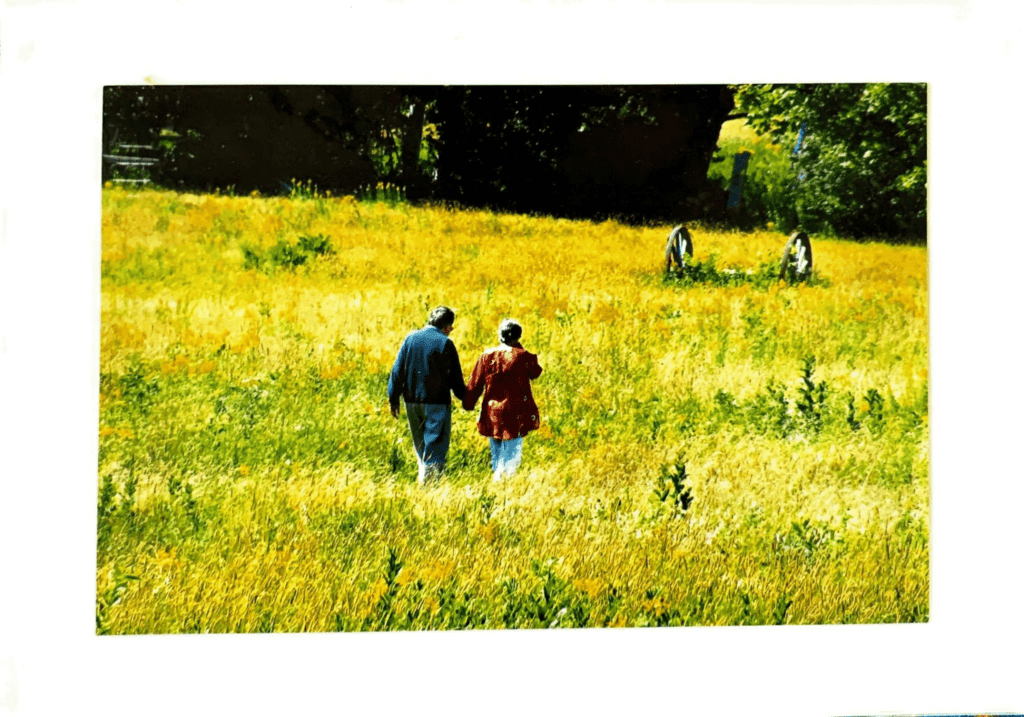
Connection to the Past
After Roger Johnson’s passing in 2015 and Carol’s in 2021, the Red House was to be put up for sale, as their children had reluctantly agreed. The 22 acres, sprawling farmhouse, and sagging carriage house would take too much time, energy and money for any one of them to invest. They were all approaching retirement age. Without renewal, the fields would return to woods and the buildings would follow in the path of the old barn that collapsed into its granite foundation.
But plans can change. As it happened, we had scheduled a two-week vacation at the farmhouse that happened to fall between Carol’s death on July 15th and her memorial service. And during that time of saying goodbye and preparing to put the property on the market, something shifted. Rebecca felt Carol’s presence as she picked flowers from her many gardens and Nils channeled his father’s joy sitting in a lawn chair on the edge of the lake where he’d played as a child, where his daughters had learned to swim.
As the sun set over the mountains, and we stood in awe admiring the spectacle, we felt a profound connection to the land, to the past that brought us to that moment and rolled into the future like the field into the forest. Why couldn’t we buy the farm and retire right here?
By December 2021, we were the proud owners of the Red House and its 200 year history. The following August during Sweden Days we dressed up as the original owners, Col. Samuel Nevers and Esther Trull, and opened our doors to the Sweden Historical Society’s docents and the community for a tour..
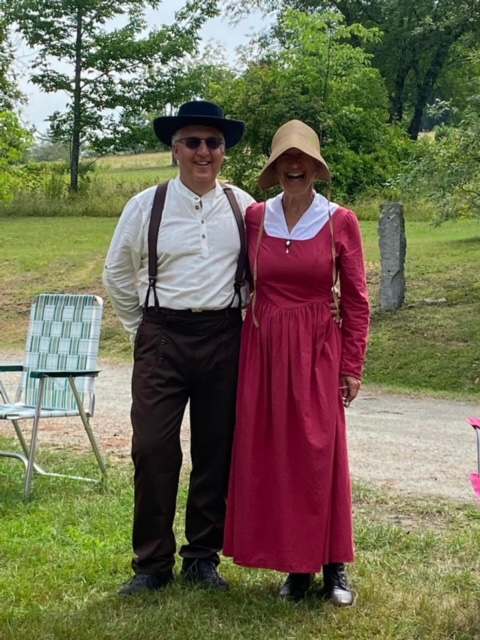
Red House Interiors – Before Renovation
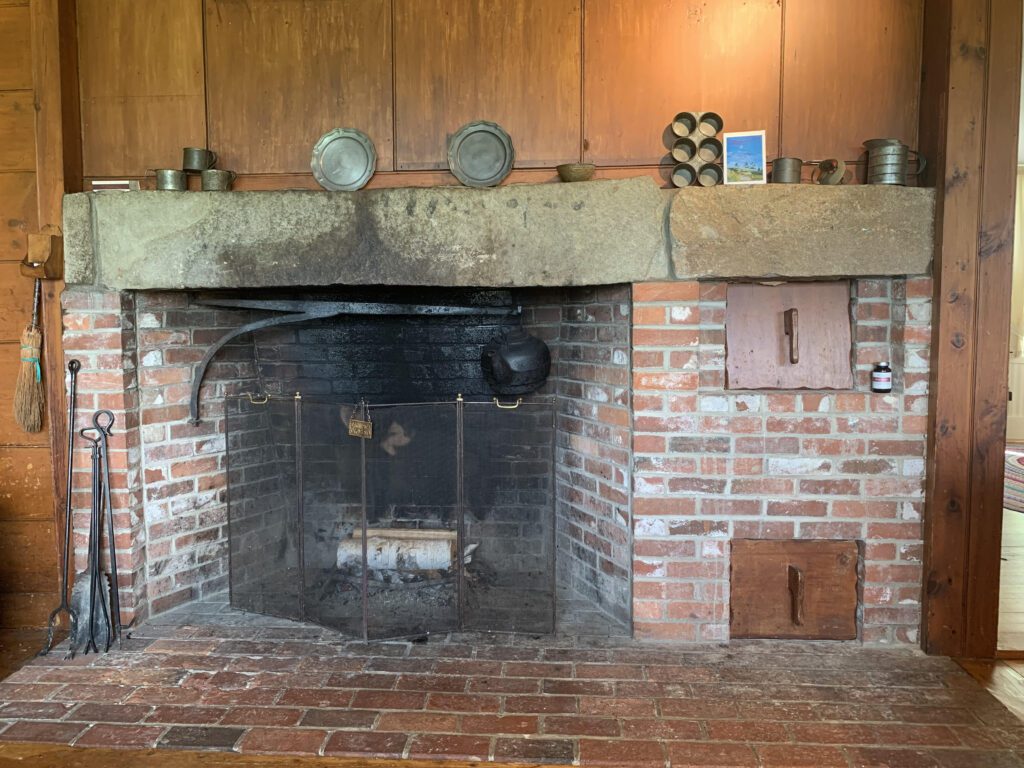
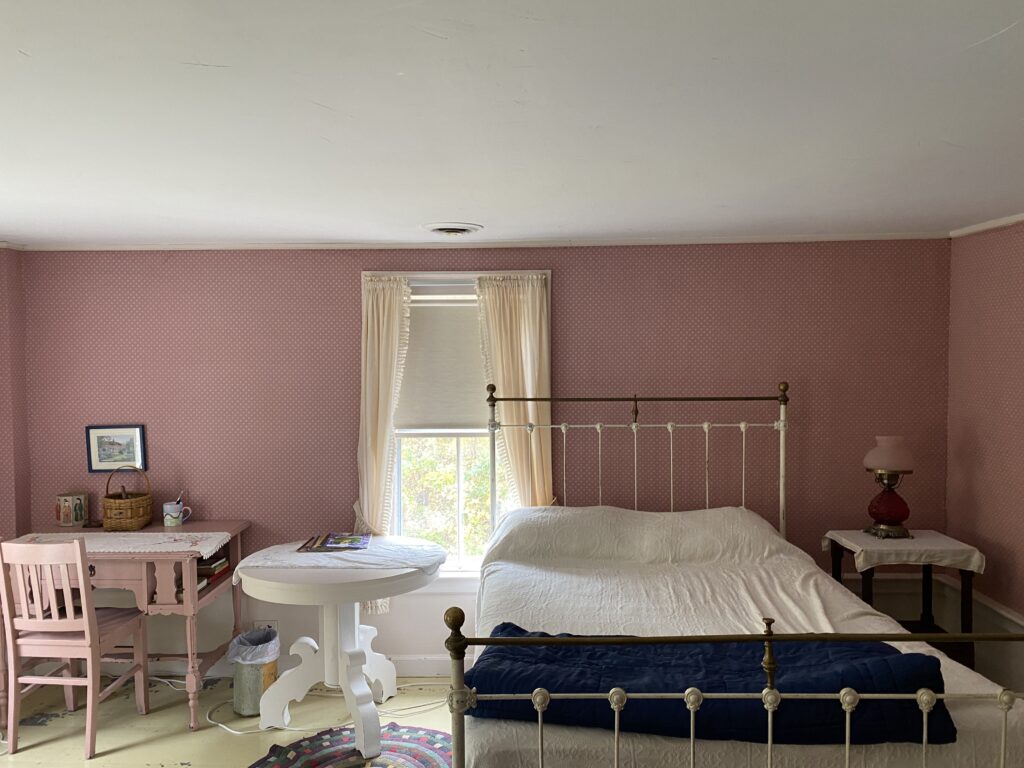
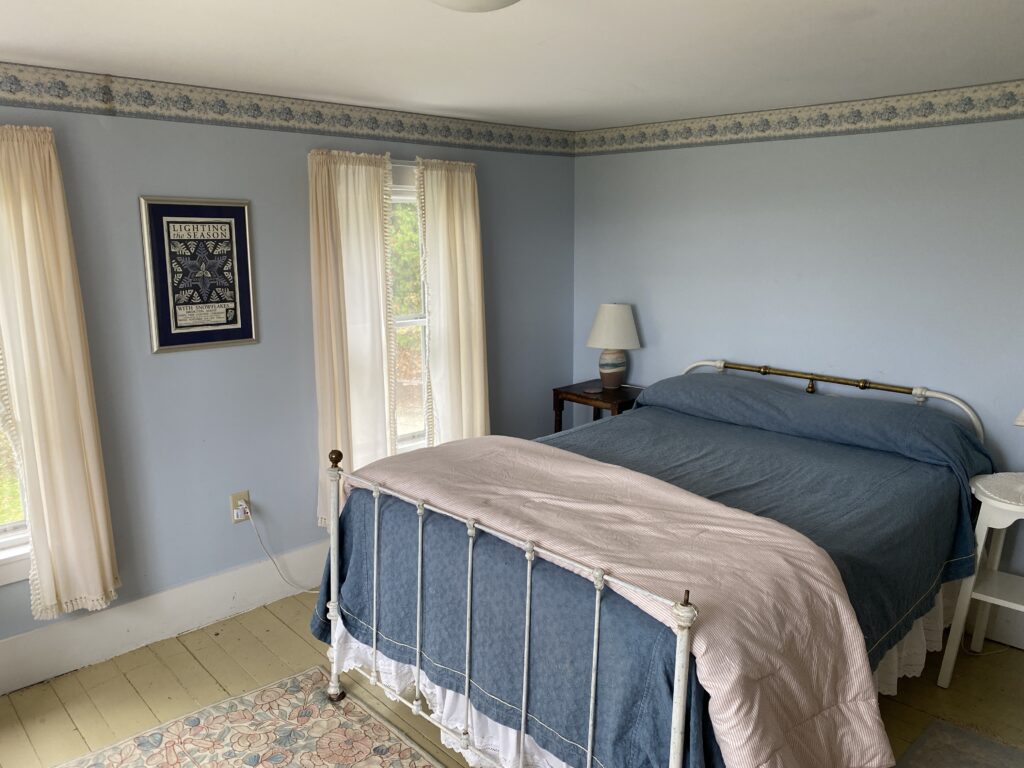
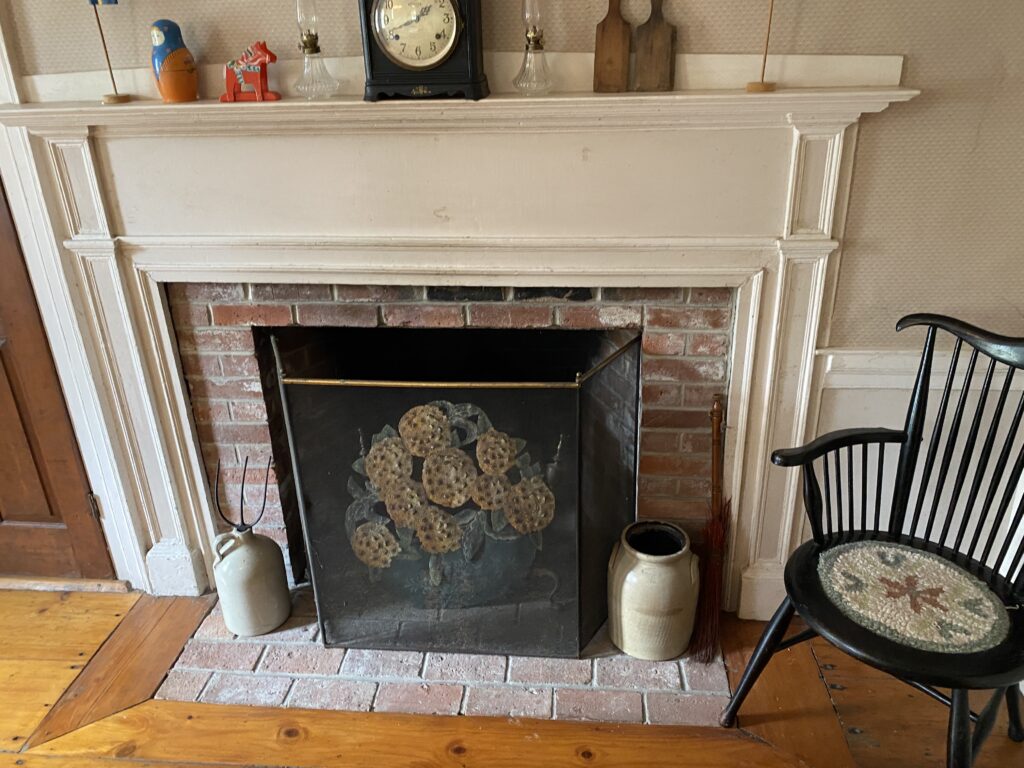
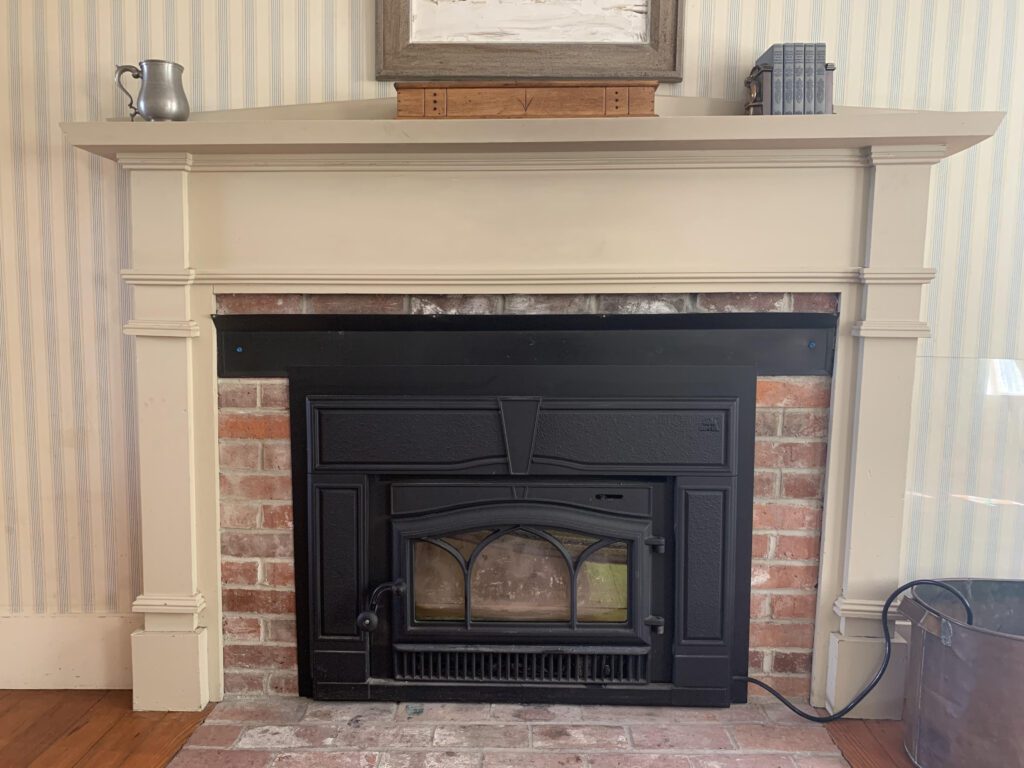

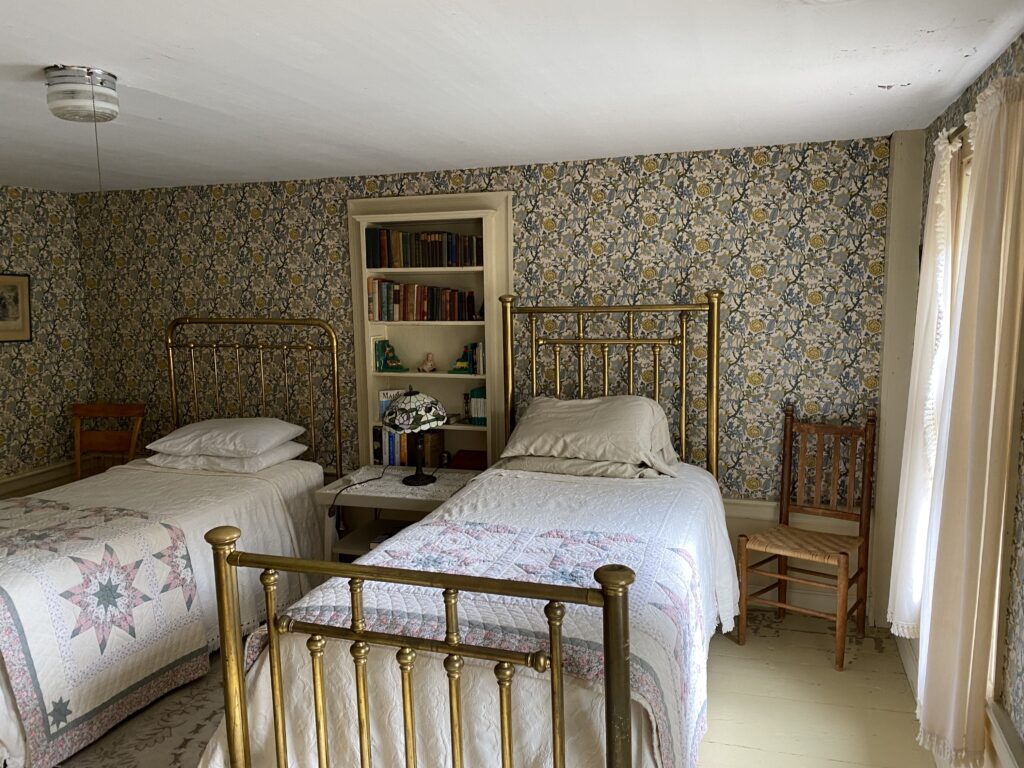
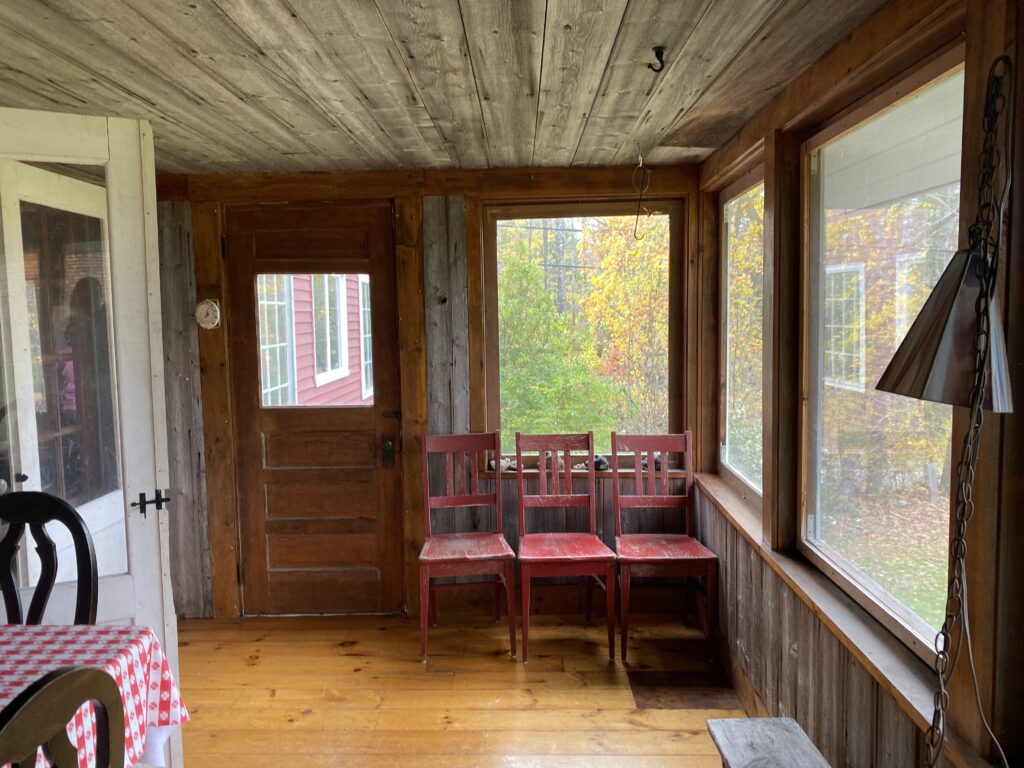
From the blog
-
Repairs & remediation
Eight months after Drew Corps “finished” landscaping around the Red House, an operator returned to the site last week to repair our washed-out driveway, install new drainage pipes and replace an old culvert. Hopefully, this…
-
Planting Natives & Heirlooms
In the 18th century, before Sweden’s first settler Samuel Nevers ventured north, this land was completely forested. Bears, deer, fox, wolves, coyotes, woodchucks, porcupines, fishers and wolverines shared the woods with a plethora of insects,…
-
Spring
It felt like it would never come. On faith I planted peas and spinach May1st just before leaving on a two-week trip, trusting Nature to do her job. She didn’t disappoint. Upon our return, there…